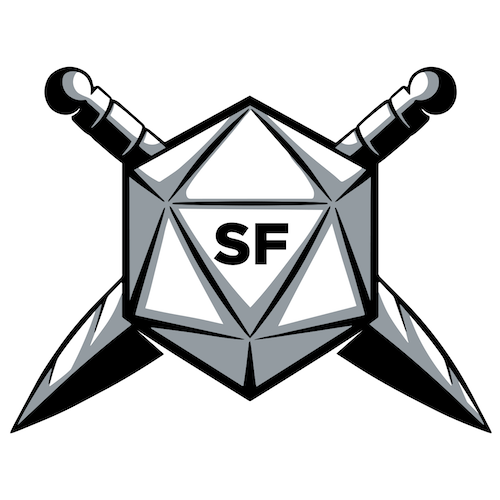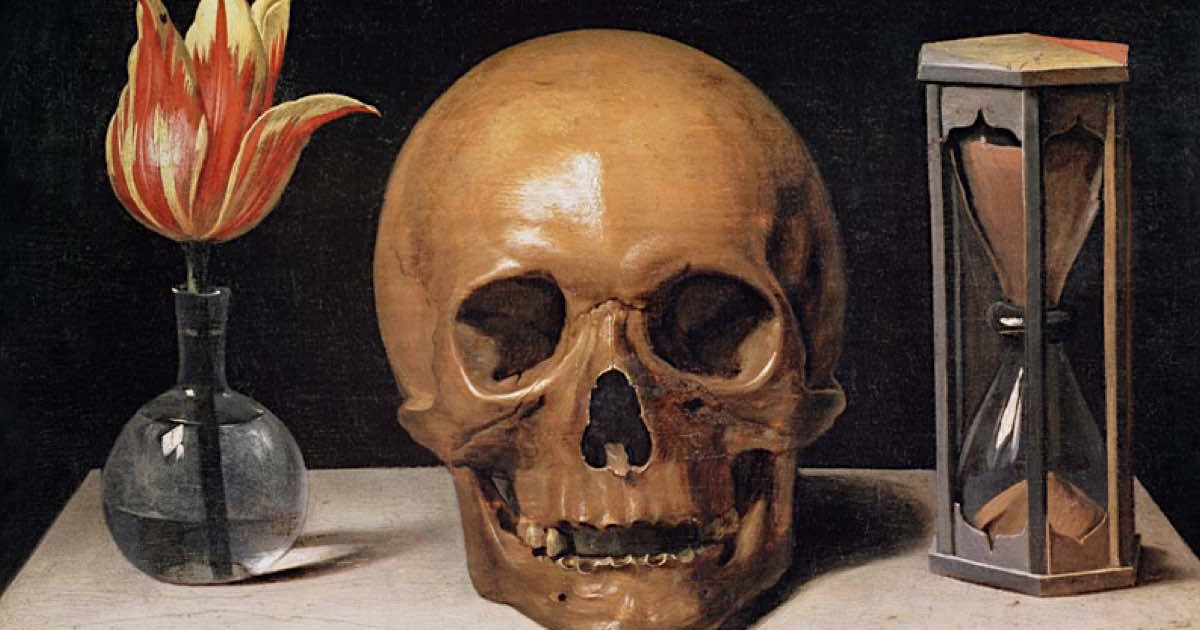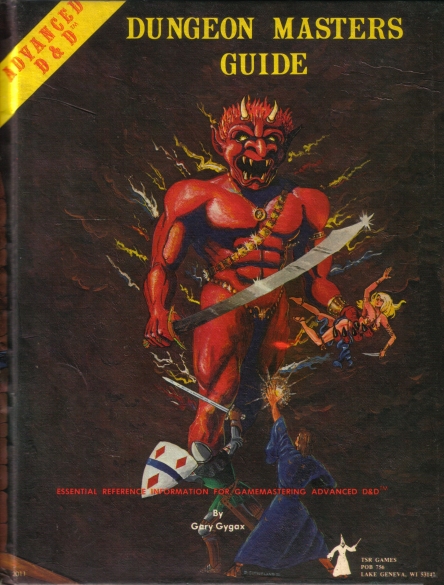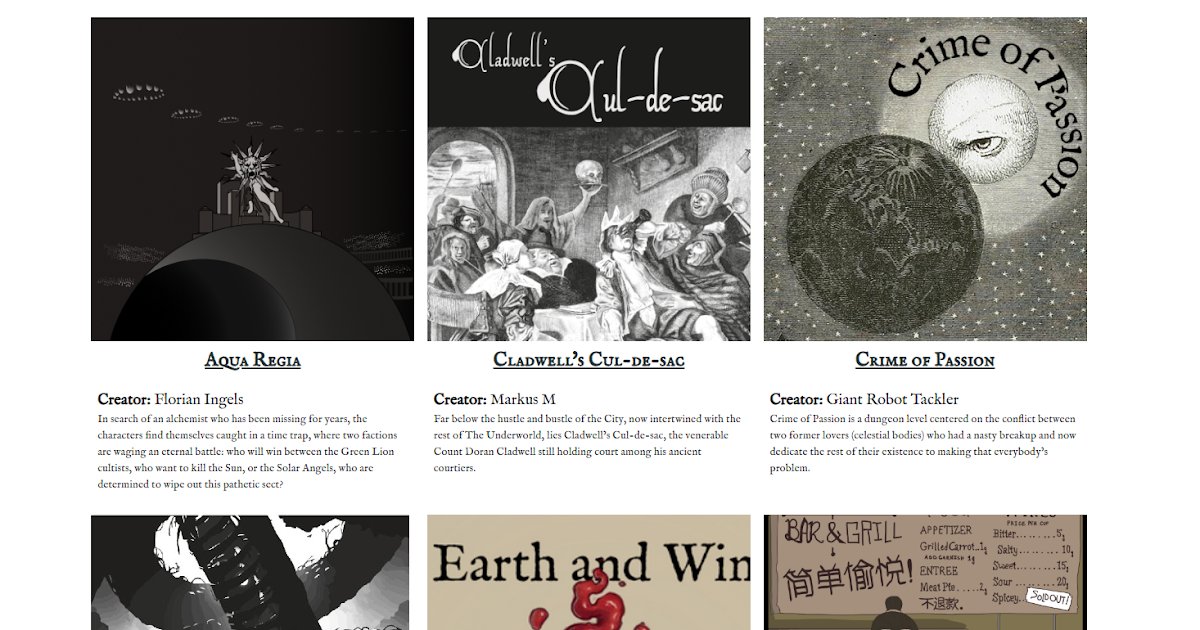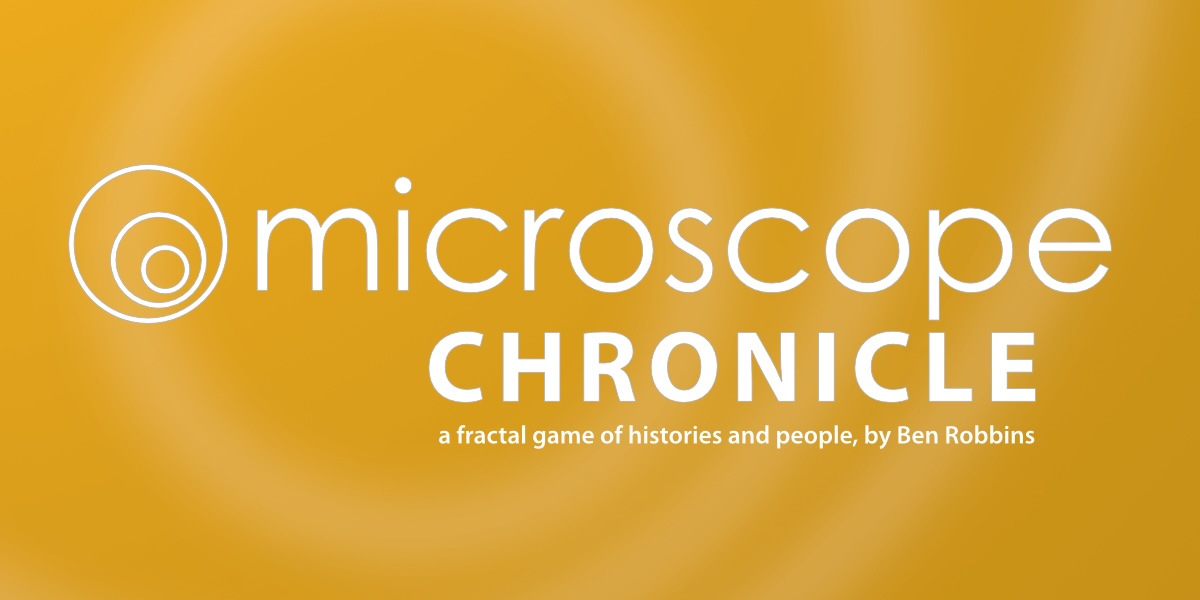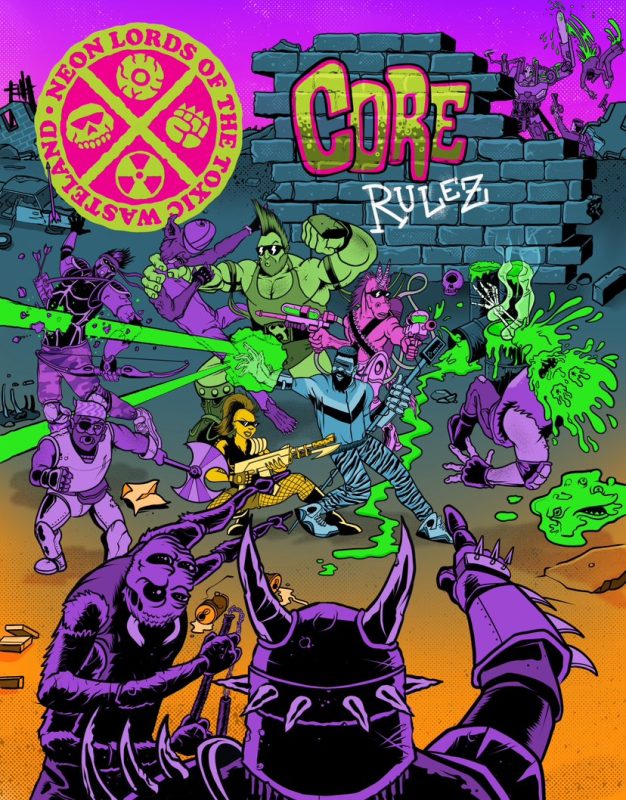SMOOSH JUICE
The Articles of Dragon: “The Nine Hells (Part II)”
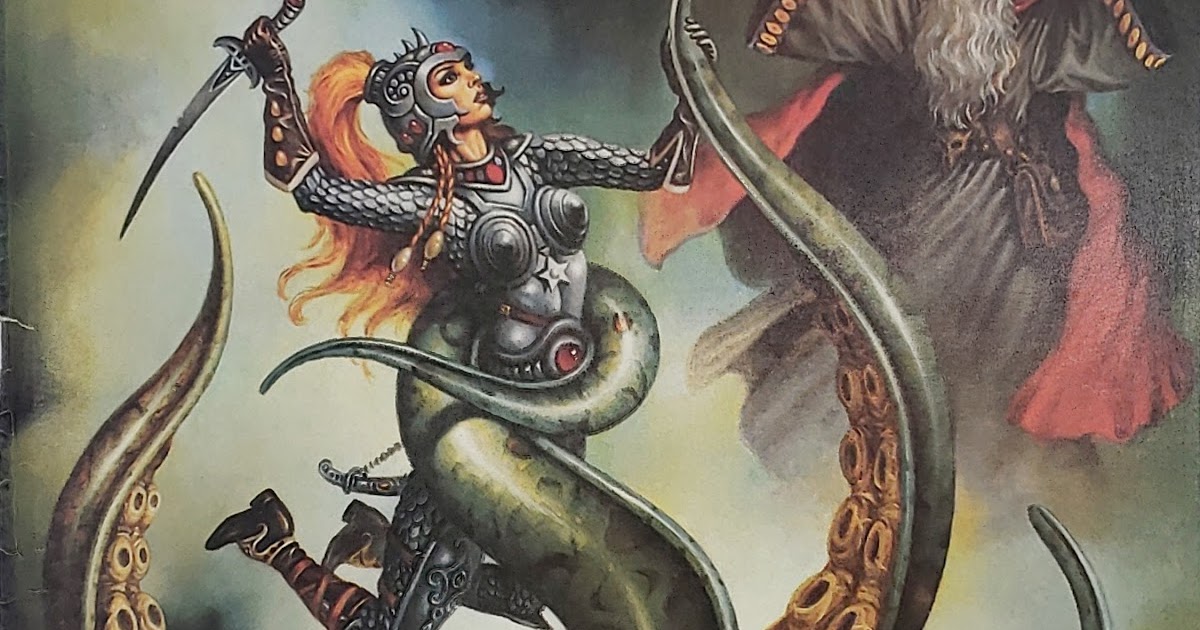
I was a huge fan of Part I of Ed Greenwood’s “The Nine Hells,” so it was almost inevitable that I’d be just as taken with Part II. Published in issue #76 of Dragon (August 1983), the second half of this magisterial tour of the planes of ultimate Lawful Evil is every bit the equal of the first, perhaps better. It’s longer, for one thing, and delves into the “deepest” layers of the Hells, including Nessus, the domain of Asmodeus. I probably spent even more hours poring over this article than its predecessor – and that’s saying something.
Part II explores the “bottom” four planes of Hell – Malbolge, Maladomini, Caina, and Nessus – ruled by the three most powerful archdevils: Baalzebul, Mephistopheles, and Asmodeus. As the Monster Manual tells us, Baalzebul commands both the sixth and seventh layers, a rare distinction that underscores his power. He rules the seventh directly, while the sixth is governed by his viceroy, Moloch, an archdevil in name, but one who holds power only at Baalzebul’s pleasure. I’ve always wondered why Gary Gygax granted Baalzebul two layers when every other archdevil rules just one. Greenwood’s article doesn’t address this, though I suspect later AD&D material (perhaps Planescape?) might.
Each of the four planes receives a detailed write-up, highlighting notable locations like the capital cities of their ruling archdevils. This is a big part of what made this article and its predecessor so compelling. Greenwood gave each plane a rough geography, filled with distinct locales that made them feel like actual places where adventures could happen. Before these articles, the planes all seemed like vague, featureless expanses that were hard to visualize, let alone use in play. Now, there were cities, fortresses, lakes, places a referee could actually work with. That might seem like a small thing, but it’s not. Believe me.
Each plane also got write-ups for the unique devils who dwelled there, often in service to its archdevil. These included the so-called “dukes of hell,” but also the “princesses of hell,” the consorts of the archdevils. Even more than the dukes, this was a new concept in AD&D conception of devils, though not an unreasonable one, given their depiction as a court of ever-scheming infernal aristocrats. It also opened up new possibilities for gaming, as the dukes, princesses, and archdevils all had their own agendas, each looking to gain advantage over the others. Characters could easily become enmeshed in such gambits, whether willingly or not.
What truly set Part II apart, however, was its six-page appendix detailing how the Nine Hells distort spells, magic items, and even class abilities. Greenwood didn’t invent this approach, but he uses it to great effect, emphasizing how alien and hostile the Hells are compared to the Prime Material. This matters, especially for high-level play, where such distinctions are needed to pose real challenges. I suspect this is why Gygax became so invested in planar adventures later in his TSR career: the planes offered a new frontier to test powerful characters and keep long-running campaigns exciting.
Taken together, these two articles transformed the Nine Hells from vague backdrops into vivid, dangerous realms ripe for adventure. Greenwood’s work gave referees the tools to turn them into meaningful, playable settings, not just abstract concepts. For high-level campaigns looking for their next stage, the Nine Hells suddenly made a lot more sense. I adored these articles in my youth and still think highly of them today. They’re also reminders of just how good Dragon was in the early to mid-1980s. What a time to be a subscriber!


